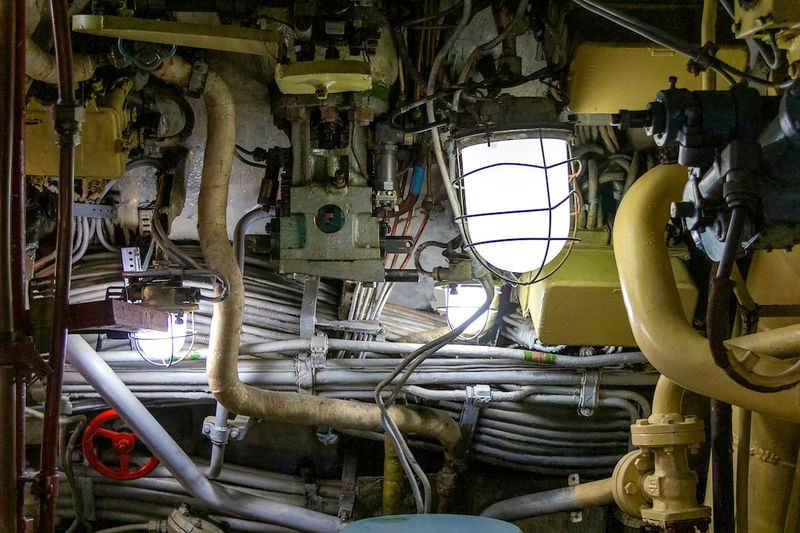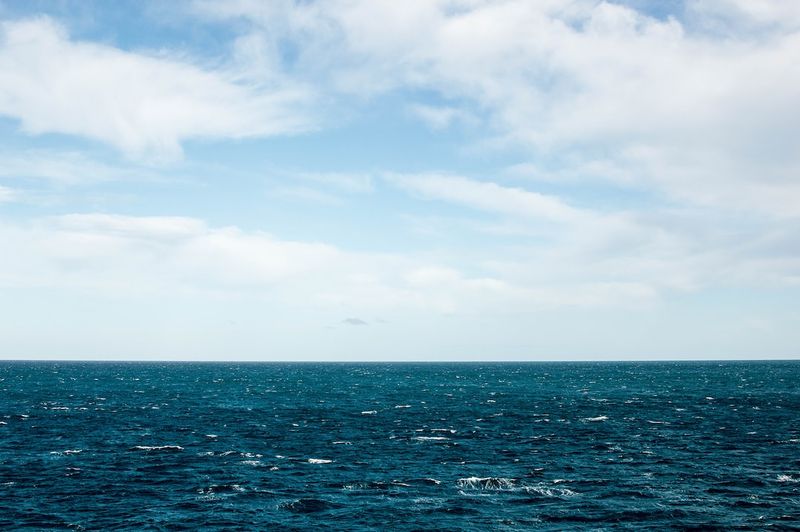Tragedy Strikes as Submarine Titan Implodes in the Atlantic
The Disappearance of Submarine Titan
The tragic news broke yesterday that the five passengers aboard the submarine Titan, operated by OceanGate Expeditions, have been confirmed dead. The submarine had gone missing on Sunday during a tourist expedition to explore the wreck of the Titanic. In a statement, OceanGate expressed their sorrow, stating that they now believe Stockton Rush, the CEO of OceanGate, Shahzada Dawood and his son Suleman, Hamish Harding, and Paul-Henri Nargeolet have all tragically lost their lives.
The United States Coast Guard has confirmed that debris found from the submersible indicates that the vessel experienced a catastrophic implosion. This conclusion was reached after a remote operated vehicle (ROV) discovered a field of debris near the Titanic, the famous cruise liner that sunk 111 years ago in the North Atlantic. John Mauger, Rear Admiral of the US Coast Guard, stated, “The field of debris is consistent with a catastrophic implosion of the ship.”
A Secret American Detection System
The Wall Street Journal reported on Thursday that a secret acoustic detection system operated by the US Navy, designed to detect enemy submarines, heard the implosion of the Titan a few hours after the start of its mission. The Navy began listening to the Titan shortly after communication was lost with the submarine. Shortly after its disappearance, the American system detected what it suspected to be the sound of an implosion near the debris site. The US Navy conducted an analysis of the acoustic data and detected an anomaly consistent with an implosion or explosion in the general vicinity of where the Titan was when communication was lost. For national security reasons, the specific system used by the Navy has not been identified.
A Robotic Lifeline
The French oceanographic vessel Atalante arrived at the search site on Thursday with its remotely operated vehicle (ROV) Victor 6000. Victor 6000 is the only device capable of diving to the depth of the wreckage. It is remotely controlled from the Atalante via a cable, providing theoretically unlimited autonomy. The ROV is equipped with two articulated arms that could have been used to attach a cable to hoist the submarine to the surface. It also has a powerful lighting system that can be used in a completely dark environment.
Hopes Dashed
The announcement on Wednesday that underwater noises were detected by Canadian P-3 aircraft had sparked hope. Action Aviation, the company owned by the British citizen Hamish Harding, who was on board the missing submarine, published a photo of the moment the submarine submerged in the North Atlantic on Sunday. However, despite an extensive search effort covering a surface area of 20,000 square kilometers, the Coast Guard confirmed today that the five passengers of the Titan have tragically lost their lives.
Alleged Negligence
Details have emerged suggesting potential negligence on the part of OceanGate regarding the safety of the submarine. OceanGate repeatedly refused to have the submarine inspected and certified by a specialized company. William Kohnen, President of the Manned Submersibles Committee of the Marine Technology Society (MTS), expressed his concern about the safety of the submarine. Kohnen stated in an interview, “This is not a submarine that followed the rules.” Kohnen and a group of forty MTS specialists sent a letter to OceanGate CEO Stockton Rush expressing their unanimous concerns about the development of the Titan and its planned expeditions to the Titanic. The existence of this letter was revealed by the New York Times, which obtained a copy. The signatories urged the company to adhere to the standards set by the risk assessment company DNV or an equivalent organization. They argued that while it might require additional time and expense, third-party validation is essential to ensure the safety of all occupants of the submarine. It has also been revealed that a former executive of the company, David Lochridge, was fired after raising serious doubts about the safety of the submersible. According to Lochridge, the front window of the vessel was designed to withstand the pressure at a depth of 1300 meters, not 4000 meters.
Remembering the Titanic
The Titanic sank during its maiden voyage in 1912 after colliding with an iceberg, resulting in the deaths of nearly 1500 passengers and crew members. Since the discovery of the wreckage in 1985, scientists, treasure hunters, and tourists have been visiting the site, perpetuating its myth.
In conclusion, the implosion of the submarine Titan in the Atlantic marks a tragic event, resulting in the loss of five lives. The investigation into the cause of the implosion and potential negligence calls for a thorough examination of the safety protocols and certifications employed by companies operating in the field of underwater exploration. The Titanic’s continued allure serves as a reminder of the importance of preserving historical sites while ensuring the safety of those involved in their exploration. This devastating event sheds light on the risks and challenges faced by the brave individuals who seek to unlock the mysteries of the deep sea.

<< photo by Maria Krasnova >>
The image is for illustrative purposes only and does not depict the actual situation.
You might want to read !
- The Titanic Sub: A Dangerous Adventure James Cameron Would Have Advised Against
- OceanGate Ignored Warnings: Insights from Titanic Director James Cameron
- Supreme Court Justice Samuel Alito Has a Republican Sugarcoating: A Bias in the Court?
- Tragédie en mer : Les cinq passagers du submersible «Titan» trouvent la mort
- Kansas State Basketball Star Markquis Nowell Makes NBA Dream a Reality
- [HOMILY] Why the Nativity of Saint John the Baptist is the most important day
- Exclusive First Look at iPhone 15 Pro: Sneak Peek Unveils Revolutionary Design!




